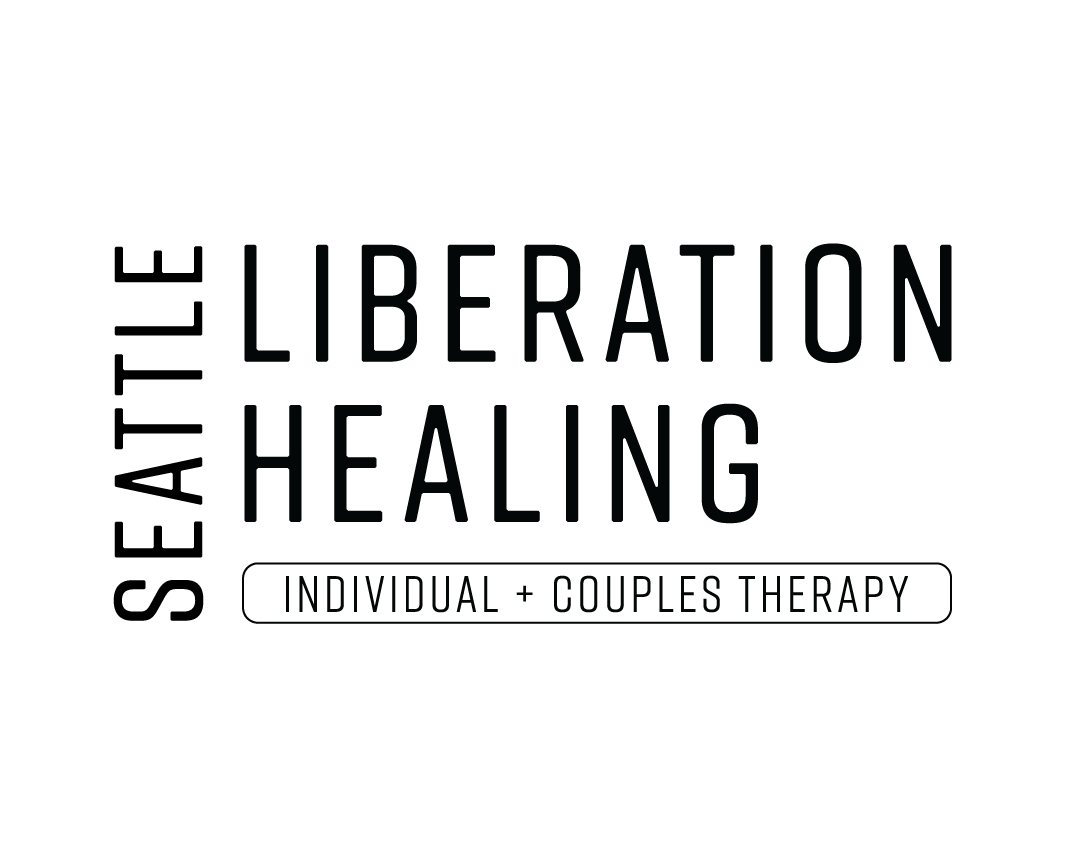Common Factors In Therapy: Therapeutic Alliance
What Are Common Factors?
Common factors are important factors or ingredients that make therapy and the therapist effective based on research.
These factors can be incorporated into any therapeutic treatment approach/model/framework.
What is the Therapeutic Alliance?
Includes 3 parts:
1. The bond between therapist and client AKA therapeutic relationship
2. Agreement on goals and objectives of therapy AKA goal consensus
3. Agreement on tasks/what will be done to achieve goals
Why the Therapeutic Alliance is Important
Effective therapy can rarely occur without a strong therapeutic alliance
When clients feel bonded to their therapist, they are more hopeful and confident toward growth and change
The therapeutic alliance is the greatest predictor of success in therapy https://www.ncbi.nlm.nih.gov/pmc/articles/PMC4592639/
Core themes and questions to consider with the therapeutic alliance:
What are the client’s expectations of therapy and the therapist?
What has the client’s previous experience in therapy been like? Positive, neutral, negative? What worked? What did not work?
What is the client’s comfort with soliciting negative, positive, or neutral feedback? What gets in the way?
How do I as the therapist build, establish, and grow the therapeutic relationship in an ongoing manner?
When ruptures or disagreements occur, do I as the therapist address it immediately without taking a defensive stance?
How do I address and create collaborative goals with clients?
How do I negotiate with clients in terms of treatment planning and goals?
How do I handle differences such as race, ethnicity, gender, sexuality, ability status, etc. in session? How do differences show up in session?
What sort of language do I use to convey empathy, understanding, and collaboration?
What sort of non verbal cues do I use to empathy, understanding, and collaboration?
Statements and questions you can try out:
Did we work on what you wanted to work on today in session? If not, what did you also want to discuss?
Did you feel heard and understood in today’s session? If not, what did I misunderstand?
Do you feel comfortable bringing up disagreements with me?
How likely is it that you would bring up a disagreement with me? What prevents or gets in the way of you doing so?
Correct me if I’m wrong, you said X…is that right?
Just so we are on the same page for today’s session, you’re saying you’d like to work on X…is this right?
Thank you for clarifying for me. You are saying X…
So there are a few ways I can help you today. We could do X, Y, or Z, what would you prefer?
And more
Things you could implement toward a strong therapeutic alliance:
Building therapeutic alliance is an ongoing thing (not one time thing)
Discuss goals and objectives of therapy
Provide a written and/or verbal treatment plan
Discuss ruptures and disagreements as they occur toward possible repair
Check in with yourself regularly for symptoms of compassion fatigue, burn out, boredom, irritability with clients
Check in with your own countertransference
Use feedback measurement tools and/or check in verbally with clients for feedback
Practice curiosity
Ask for permission
Ask for preferences
Explore differences and identity factors such as race, ethnicity, gender, class, etc. and how they may impact forming and building a strong therapeutic alliance
And more
Questions to reflect on:
What clients do I have a greater ability to form and build strong therapeutic alliance with?
Which clients do I struggle in forming and building a strong therapeutic alliance with?
